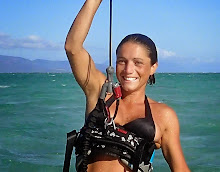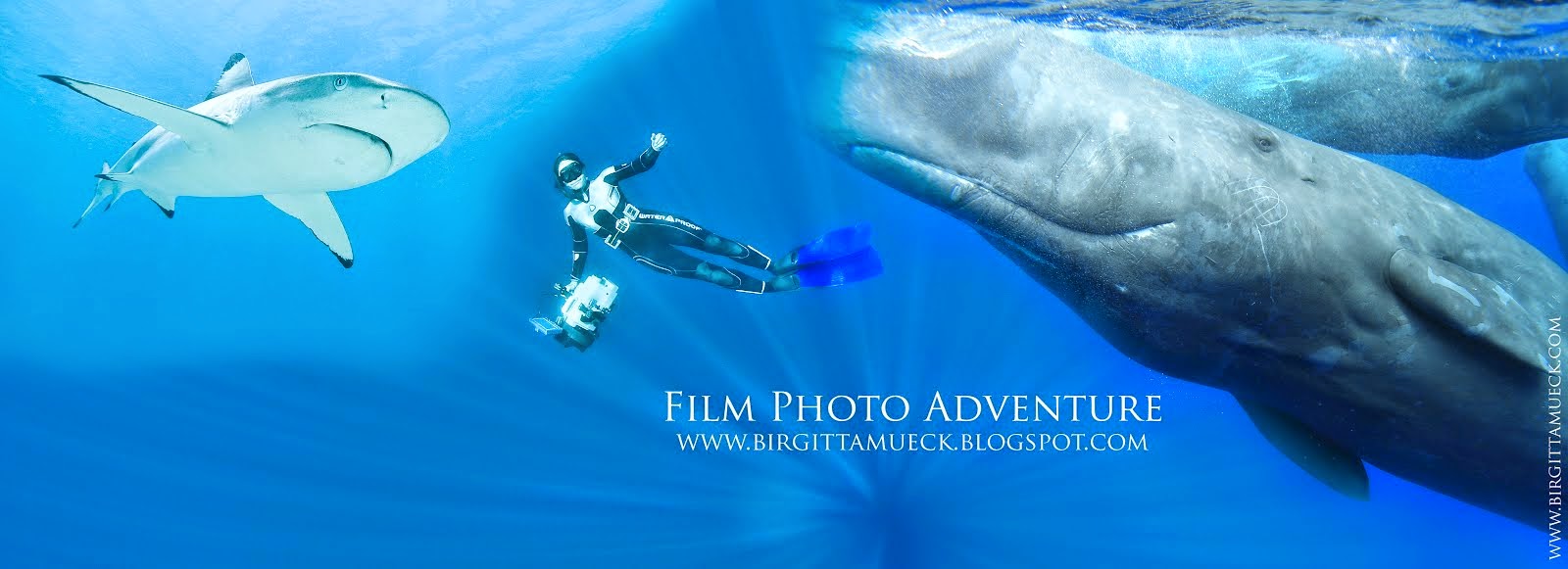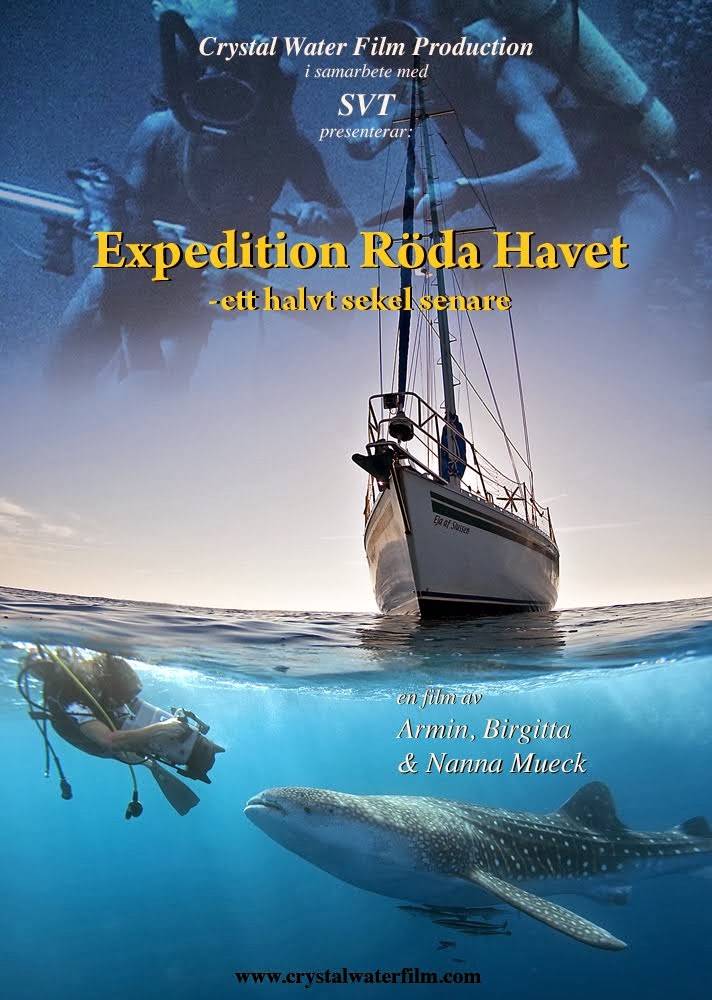Columbretes Islands, Mediterranean, Spain, September 2023
Off the Mediterranean coast of Spain, approx 50 nautical miles north-east of Valencia, there is a small, fairly unknown group of volcanic islands called Columbretes.
With its highest point at 67 meters, this arid archipelago rises from a depth of 80 meters and is divided into four islet groups, Illa Grossa, La Ferrera, La Foradada and El Carallot.
The islands are uninhabited, only on Illa Grossa there are two buildings, a 19th-century lighthouse and a staff cabin used by the biologists and reserve guards seasonally working on the islands.
Illa Grossa is the biggest island and stands in the place of an ancient crater which nowadays has an open arc shape. It was formed during four volcanic episodes from about 1.0 to 0.3 million years ago.
Since 1988 the archipelago has been declared a nature reserve. Due to its isolation, the islands are inhabited by an endemic subspecies of a small lizard and and the islets provides rest during spring and autumn bird migrations. There is also a local colony of Audouin's gulls and one of the major stable populations of Eleanora's falcon in Spain.
In 1990, the underwater world was also protected and Columbretes is today a 400 square kilometer marine reserve where all fishing is prohibited. You can snorkel and, with a permit, also dive.
Anchoring around the Columbretes Islands is totally prohibited.
Instead there are mooring buoys available for boats, which can be request by calling the reserve guards by VHF on channel 9.
As Columbrete's delicate flora and fauna are protected, it is not allowed to visit the islands freely, but a guided tour of Illa Grossa can be organized by the reserve rangers.
Being a weather-exposed location, where both wind and swell affect the area and mooring possibilities, it is good to have patience and time to wait for a good weather window when planning a visit here.
There are dayboats from the mainland offering tours to Columbretes summer time, but as we wish to have enough time to explore and document the areas we sail to, we patiently wait until weather approves for yet another visit to the crater and our many aquatic friends.



















